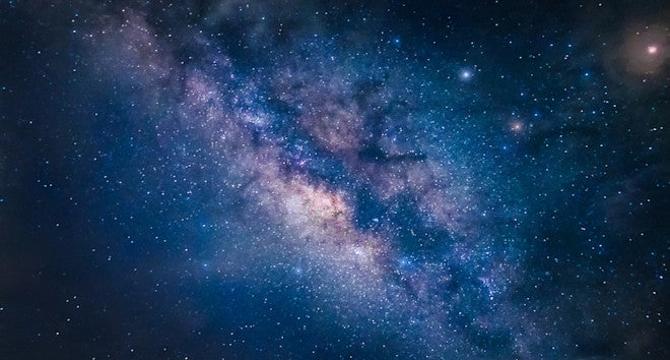Brighter Side of News
16h
84

Image Credit: Brighter Side of News
Astronomers discover the universe’s missing cosmic matter
- Astronomers have found the missing normal matter in the universe, revealing it as diffuse ionized hydrogen gas surrounding galaxies beyond previous observations.
- This discovery sheds light on galaxy evolution, black hole activity, and gas distribution, potentially resolving conflicts in cosmology.
- The elusive material called warm-hot intergalactic medium (WHIM) was detected using the kinematic Sunyaev-Zel'dovich effect on the cosmic microwave background.
- Ionized gas halos around galaxies suggest supermassive black holes are more active throughout their lifetimes, affecting galaxy formation.
- The findings challenge existing cosmological models and emphasize the need for more accurate simulations to incorporate the extensive gas halos.
- Gas distribution measurements can help address cosmological tensions and improve our understanding of galaxy formation, evolution, and cosmic filaments.
- Future large-scale surveys by observatories like the Vera Rubin Observatory and Nancy Grace Roman Space Telescope will build on these discoveries.
- The research highlights the potential of the kinematic Sunyaev-Zel'dovich effect in studying cosmic structures and advancing our knowledge of the universe.
- By mapping gas distribution around millions of galaxies, astronomers aim to uncover hidden cosmic structures and unravel long-standing astronomical mysteries.
- These breakthroughs could reshape our understanding of the universe by providing new insights into its large-scale structure.
- The study was published online in the journal Physical Review Letters, offering a significant contribution to the field of astronomy and cosmology.
Read Full Article
5 Likes
For uninterrupted reading, download the app